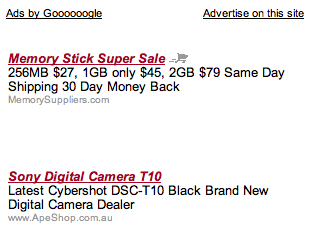Ask.com To Launch Contextual Ad Network
Ask.com announced that it is going to be launching a new contextual advertising network that seems very similar to AdSense or YPN. The contextual network will be initially restricted IAC’s (who owns Ask.com) web sites such as CitySearch, Match.com and Ticketmaster. As soon as next quarter, though, they will open up the network to third party publishers.
Search Engine Land has some additional details that sound interesting:
The publishers will have two unique features that are not currently available in the Google AdSense and Yahoo Publisher Network. Publishers will be able to set “page yield thresholds” and set “relevancy thresholds.” There will be levers to allow publisher to determine if they want higher paying ads or if they want more relevant ads with these levers.
That sounds like a great opportunity for publisher who want more control. It also seems that publishers will have more control over the look of the ads than is currently possible in AdSense or YPN. Publishers will be able to control “background color, font, layout, graphics”.
Overall, this sounds very promising. The promise of more control over the ads will be very appealing to many publishers who often gripe about the lack of control in AdSense. And , as always, more competition in this space is always good for publishers.
Permalink Comments off



